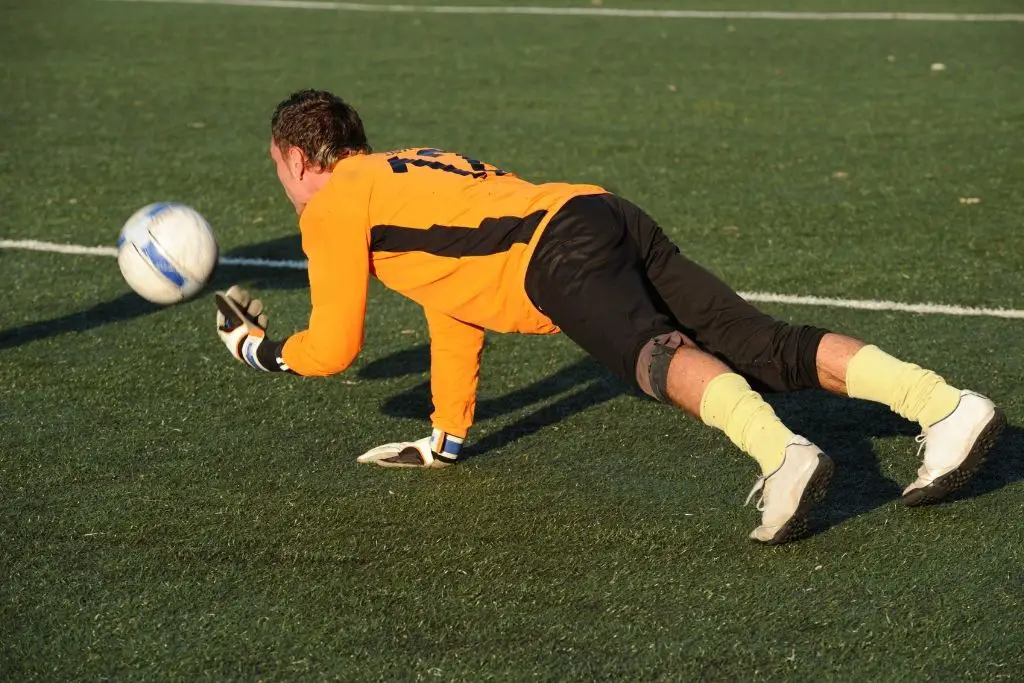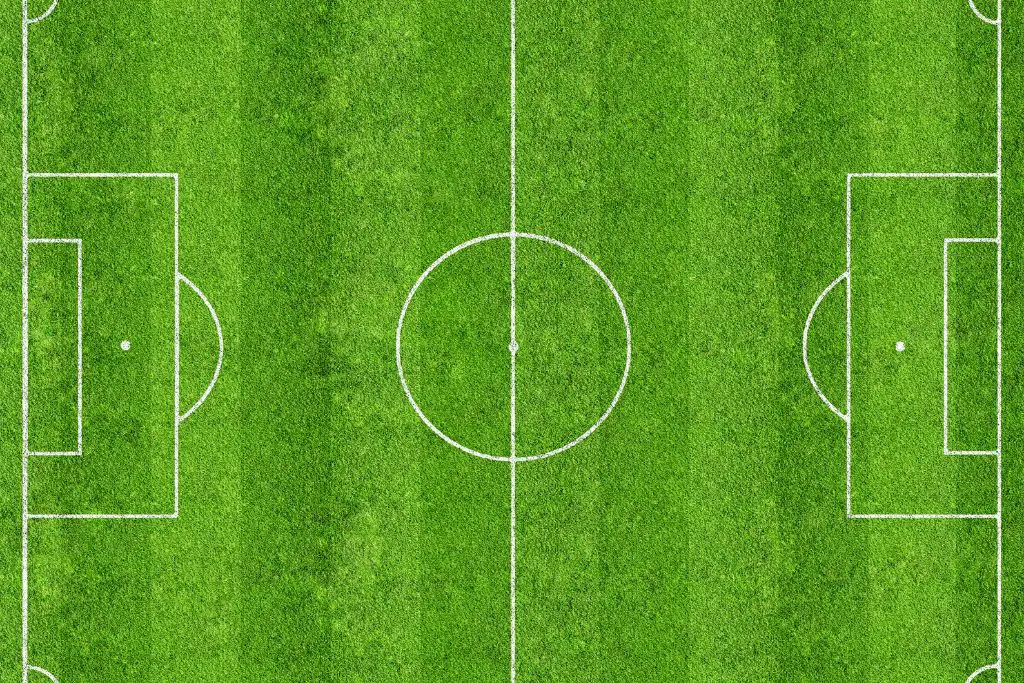The game of soccer is all about the goal. A player who successfully scores a goal for their country or club becomes an instant hero. But what counts as a goal in soccer?
When the ball crosses the goal line, it is considered a goal. But there is more to a goal than hitting the ball straight in. The player must follow all the rules and be in the correct position before scoring. An offense may result in goal cancellation even after the ball crosses the line.
Scoring a goal is nothing short of glory. So, if you are a new soccer fan or a player and want to know what is considered a goal, this article will tell you.
Rules That Make a Goal Valid in Soccer

As mentioned before, it’s not only about hitting the ball into the goal. A player must play fair to score. Let’s answer a few questions to see what is considered a goal.
Does the Whole Soccer Ball Have To Cross the Line?
The team must aim for their rival’s goal to score a goal. It means that as a player, you must defeat the opposing defense, enter their half of the ground, and then hit the ball in the goal they are defending. However, there is one strict condition for making the goal count.
The whole soccer ball must cross the line to score a goal. It does not count as a goal if any part of the ball is behind the goal line before the goalkeeper stops it. The game resumes with a drop ball if the ball fails to pass over the goal line.
The goal line is between the two goalposts and parallel to the crossbar. It is precisely there for the referee to determine whether the goal is valid.
If the Goalie Catches the Ball in the Goal, Is It a Goal?

Many new players and fans think that a team can score a goal even when the goalie catches the ball inside the goal. Remember, the goal depends only on the ball’s position if the player commits no other offenses.
It is a goal if the goalie catches the ball in the goal and the ball in his hands crosses the goal line. But, if the goalkeeper is in the goal but stops the ball from crossing the goal line, the referee will not consider it a goal. Therefore, the position of the goalie is irrelevant to the goal.
This is why goalkeepers continue to defend the goal even after falling in the goal – they do not want the ball to cross the line. Sometimes when they catch the ball, and the momentum takes them inside the goal, they extend their arms out to keep the ball from passing the line.
Can a Goalkeeper Stand Behind the Goal Line?

A goalkeeper or goalie is a team’s last line of defense. They have the luxury to move around and even play as a field player—however, their position relative to the goal line matters, especially when taking penalties.
A goalkeeper cannot stand behind the goal line for a penalty kick. They must stand on the line, or part of their foot must touch the line. Goalies can change their position when the ball is in play after the kick. During regular play, the goalie can stand anywhere within or outside the penalty box.
When a goalkeeper and the ball are out of the penalty box, the goalkeeper cannot touch the ball. They must play with their feet like other soccer players.
Is It a Goal When the Goalkeeper Throws the Ball in the Goal?
Goalkeepers can score a goal too, but there is a condition.
When the goalkeeper throws the ball in the goal, it is not a goal. However, it is valid when the goalkeeper plays on the field and kicks the ball into the goal. It counts as a goal only when you kick the ball without violating the rules.
Rules You Must Follow To Score a Goal
The goal line is not the only thing you need to worry about when it comes to scoring a goal. Let’s have a look at the rules that must be followed in soccer to score a valid goal.
Don’t Use Your Hands

This is the most critical factor. The referee does not consider the goal valid even if your hand accidentally touches the ball. A handball is a serious offense in soccer. It can even lead to a red card, preventing the player from continuing the game.
Don’t Be Off-Side
When the attacker is the closest person to the opponent’s goal before scoring it, they are off-side. The referee will cancel the off-side player’s goal, even when the ball crosses the line. So, at least one defender needs to be closer to the goal than the attacker.
The off-side rule also applies when the attacker is the closest one to the goal exactly at the time when their teammate kicks the ball to them.
Unusual Ways To Score a Goal
Soccer is a straightforward game. You must score a goal to win. However, sometimes, none of your teammates score a goal, and you still win. Curious?
Let’s see some interesting ways you can get a goal.
- When you score for the other team: One thing about soccer is clear: if the ball crosses the goal line of the goal you are defending, your rival gets a goal. Sometimes, that goal can come from your own team members. It happens when your teammate accidentally kicks the ball across the goal line of their own goal.
- When your goalkeeper stumbles over the goal line with the ball in hand: That is correct! If your goalkeeper, even by mistake, crosses the goal line while holding the ball, the other team gets a goal.
Conclusion
When the ball crosses the foal line, it is considered a goal in soccer. The position of the goalkeeper in soccer is not relevant at all. Even if you accidentally kick the ball across your opponent’s goal line, the goal will count. Any player, even the goalies, can score a goal in soccer, so long as they play by the rules and kick the ball in.

